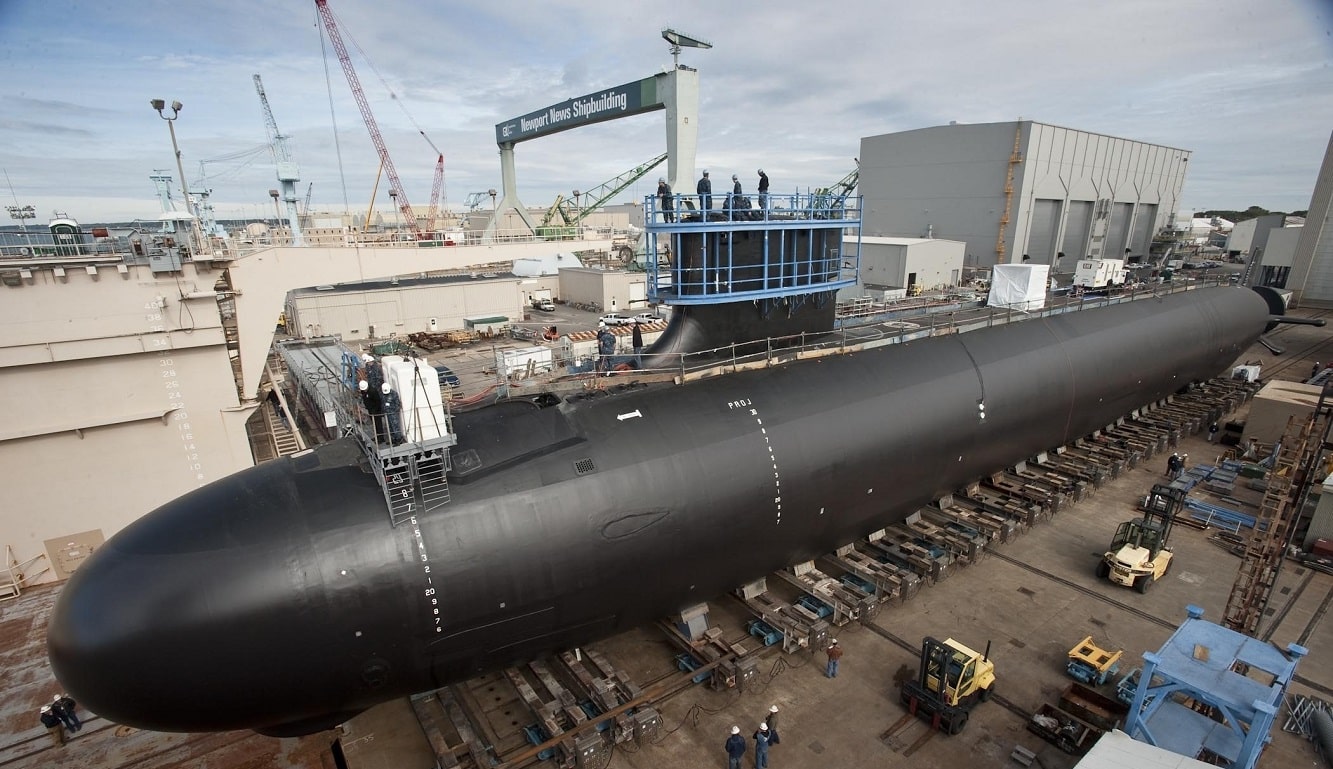Australia’s New Nuclear Submarines: Does That Mean an Arms Race Is Coming? Regional states have much to say about the potential risks of AUKUS and Australia’s nuclear-powered submarine program. China and Russia both warn about the danger of an arms race, while some Southeast Asian governments — especially Malaysia and Indonesia — have raised similar concerns. These concerns are understandable but far from novel.
The region has witnessed many arms race warnings over the decades, including when Australia’s acquisition of the nuclear weapons-capable F-111 was deemed a ‘breakthrough capability’ that incensed Indonesia.
But in the case of AUKUS, nuclear-powered submarines are not a ‘breakthrough capability’ for the Indo-Pacific. Beijing operates a fleet of nuclear-powered submarines and is expanding it. India is also well in the game with its first indigenously-developed nuclear submarine up and running, with more on the way.
The arms race warning is often a kneejerk reaction whenever a new arms acquisition development surfaces, whether it is horizontal proliferation (new actors entering the fray) or vertical (existing operators of a certain armament expand their arsenals). The problem is that ‘race’ implies an all-out contest in which at least one party seeks to win at all costs. There is no such uniform phenomenon across the Indo-Pacific region, which is made up of diverse sub-regions, each with unique economic, sociocultural and political contexts.
Any true race is likely to take place among actors with not only the political imperatives to engage in one, but also the necessary technology and resources. Such a race may only be possible for those Indo-Pacific powers with significant naval capabilities and, crucially, the necessary funding to support such acquisitions.
Northeast Asia would lead such a race. China looks set to expand its nuclear submarine fleet regardless of AUKUS — the pact merely gives it more reason to pursue this. South Korea recently announced its entry into the elite submarine-launched ballistic missile club in response to North Korea’s development of such a capability, and there are domestic debates on whether the country needs nuclear-powered submarines for more credible deterrence. Japan has not foreclosed the option of acquiring such assets. And India also looks set to expand its nuclear fleet — a decision that was long in the pipeline even before AUKUS.
Southeast Asia is likely to find itself in a peculiar position — surrounded by adjacent Indo-Pacific sub-regions engaged in their respective build-ups. Given the current focus on mitigating the spread of COVID-19 and economic recovery, Southeast Asia is at best obliged to render a predictable, standard response to AUKUS.
A nuclear submarine race is out of the question for Southeast Asia. For some countries, even acquiring, operating and maintaining conventional armaments is no mean feat. Funding for these programs is a perennial challenge, and the imperative for long-term post-pandemic recovery only makes it worse. A nuclear submarine program, which would consume the lion’s share of already constrained funding — and which entails additional costs associated with the nuclear fuel cycle — is a no-go in Southeast Asia.
But what else can Southeast Asia do in response to the increased military spending that is already occurring across the Indo-Pacific? The usual response would be two-pronged: embarking on national self-help (greater self-reliance) and engaging external partners. The latter aspect is prominent, even more so in the present context of geopolitical tussles for influence in Southeast Asia. It is national self-help that will be more interesting to watch.
The ‘arms race’ envisaged by critics of AUKUS would not be confined to nuclear submarines or nuclear weapons. This dynamic would be more wide-ranging, extending into other fields of conventional armaments. For example, countries seeking a national self-help response to AUKUS might not acquire symmetrical capabilities in the form of nuclear submarines. They would have to rely on asymmetrical means, such as other types of anti-submarine systems — surface ships optimised for such missions, maritime patrol and reconnaissance aircraft, and seabed hydrophone sensors. These would be fiscally and technically more attainable for Southeast Asian states.
But even in these areas, Southeast Asia is likely to fall short. Only a handful of states might attempt to keep up with the latest technologies. The difficulties posed by COVID-19 indicate how such programs are struggling.
The Philippines has deferred its submarine acquisition program and Thailand has settled with just the first submarine and deferred payment for two more boats ordered from China. Indonesia plans to take massive foreign loans to finance its ambitious US$125 billion military modernisation programs — raising questions about the accumulation of debt that generations of Indonesians will have to pay off.
The Indo-Pacific powers are more likely to get involved in these arms dynamics spurred by AUKUS. Southeast Asian countries look set to remain interested bystanders seeking to grapple with the socioeconomic fallout of COVID-19 and sustaining the modest upgrading of their naval capabilities. When it comes to an arms race, it should be recognised that this is a non-starter for Southeast Asia. This partially explains the rumblings heard in some of the Southeast Asian capitals.
Collin Koh is a Research Fellow at the S Rajaratnam School of International Studies, Nanyang Technological University, Singapore. This first appeared in ASPI’s The Strategist.

